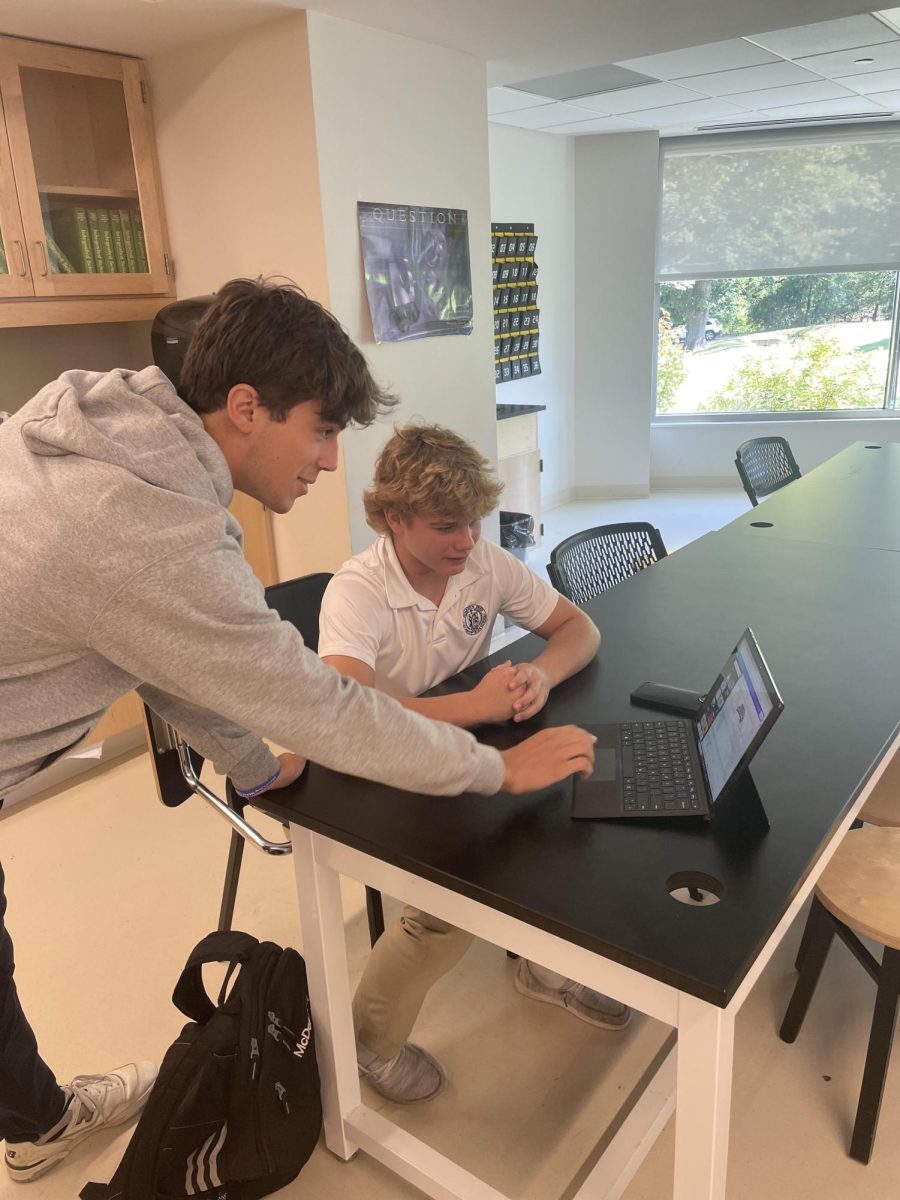On April 25 and May 12, two deadly earthquakes ravaged the nation of Nepal killing nearly 9,000 and leaving the poor, mountainous country in tatters.
Local markets were just beginning to open. Signs of ordinary life returning to Nepal after the initial 7.8 magnitude quake two and a half weeks earlier were rudely interrupted by a brutal second tremor.
Two earthquakes in less than three weeks left this rural nation of 28 million destroyed and with little hope. Not only has the earthquake itself destroyed many buildings and villages, but landslides occur often which does plenty of more damage.
Nepal is a country with a low income economy, ranking 145th out of 187th on the Human Development Index.
“In an impoverished nation like Nepal, their infrastructure is very poor already,” said Mr. John Ostick, AP Economics teacher. “After an earthquake of this magnitude, the ability to produce goods and services which gives them economic value is reduced dramatically. An earthquake, even more, destroys those valuable resources.”
Both earthquakes hit right around Kathmandu, the capital of Nepal. The largest city in the nation has been reduced to rubble. Temples and towers were completely destroyed.The Nepali government stated that over 300,000 buildings were destroyed as of May 15th, with an additional 270,000 damaged.
To rebuild it may take an extremely long time – longer than a nation like Japan in 2011 which already had a good infrastructure and could support itself.
“It was going to take a long time even before an earthquake or natural disaster for an impoverished nation like Nepal to be self-sustaining,” said Ostick. “This earthquake set that time period back much further.”
Nepal was already heavily reliant on foreign aid to even function, and for people to survive that aid must be increased dramatically. The United States is the highest contributor right now, giving $10 million to Nepal.
“People working and being productive is very important for the success of an economy,” said Ostick. “Now, when you have an earthquake, that is set back dramatically. Financial aid is essential to get people things like food and water which can help to get people working again.”
So, what can Malvern do to help?
“Malvern could do quite a few things to help,” said Rohan Jhunjhunwala, ’18. “One of them could be a Dress Down Day. We could collect the cash from another dress down day or use past funds to assist in the rebuilding efforts. We could also start a social media trend.”
However, getting money to people who need it in a foreign nation is much harder than people may think.
“You have to have somebody who you know is responsible when you are sending money to places like this to receive the money and get it to the people in need,” said Mr. Larry Legner, Director of Christian Service. “In New Orleans, we had a problem like this when people were just taking what people were donating and it was never getting to the people in need.”
Legner said that a service trip to Nepal is always a possibility, but trips are difficult to set up in unstable nations like this.
“I’m always willing to look at new sites as a possibility,” Legner said. “It just has to be a site where I can guarantee safety and the security of everyone going. If somebody wanted to come up [to me] and say here’s an organization or that he has family there, [then] I’d be glad to talk to them about it.”






